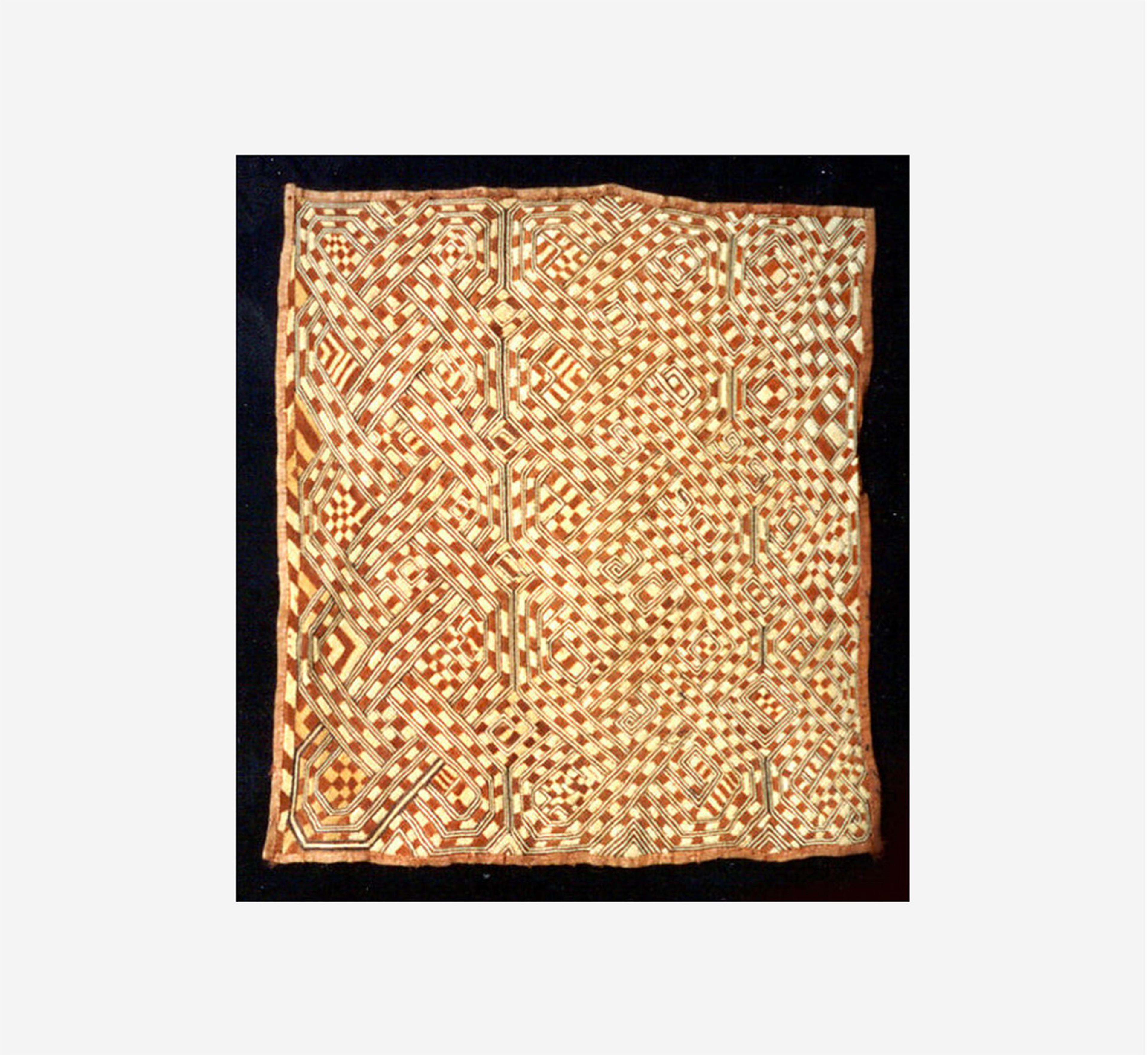
Shoowa-Kuba artist. Prestige Panel, 20th century. Democratic Republic of the Congo, Kasai River region. Raffia palm fiber, 23 1/2 x 19 1/4 in. (59.7 x 48.9 cm). The Metropolitan Museum of Art, New York, Gift of William B. Goldstein, 1999 (1999.522.12)
I think sometimes simplicity is the most powerful form.
I’m Nick Cave. I’m a visual artist.
When I saw these textiles when I was eighteen, it just brought some clarity that there are things out there that exist with the same mindset that I’m operating out of. To be able to sort of respond to pattern in its sort of sense of order and rhythm. Although it’s flat there’s a sense of movement and motion the way in which pattern is sort of laid on the surface. There’s structure, but there’s a sort of sense of randomness about it too.
They’re in a position where we’re to view them as artifacts, presented as this plank or painting. It’s interesting to look at it that way but in reality they really served a purpose. They are ceremonial skirts. And I like that option there, that play: taking something out of context and yet these objects really can stand on their own.
And so that has really led me to look at my work in the same way: that they can be sculptural—static—and yet that it actually functions as a skirt.
Building these cloths, it’s really all community-based: that sense of camaraderie, of family. The hand has been part of the building of the surface. That spontaneous-ness is really what holds, I think, the piece together. Somehow within the chaos there’s order; that’s really where the magic sets.
They’re connected to people but they also provide this space to imagine, and it’s authentic in the most purest way. For me, this is everything that I can imagine creating: like, how do I get myself to a place or a mindset where I’m designing cloth that has a rhythm, that communicates, that speaks about a purpose, being able to think in a broad sense about design?
You don’t have to do a lot in order for something to be extraordinary. I think sometimes simplicity is the most powerful form.